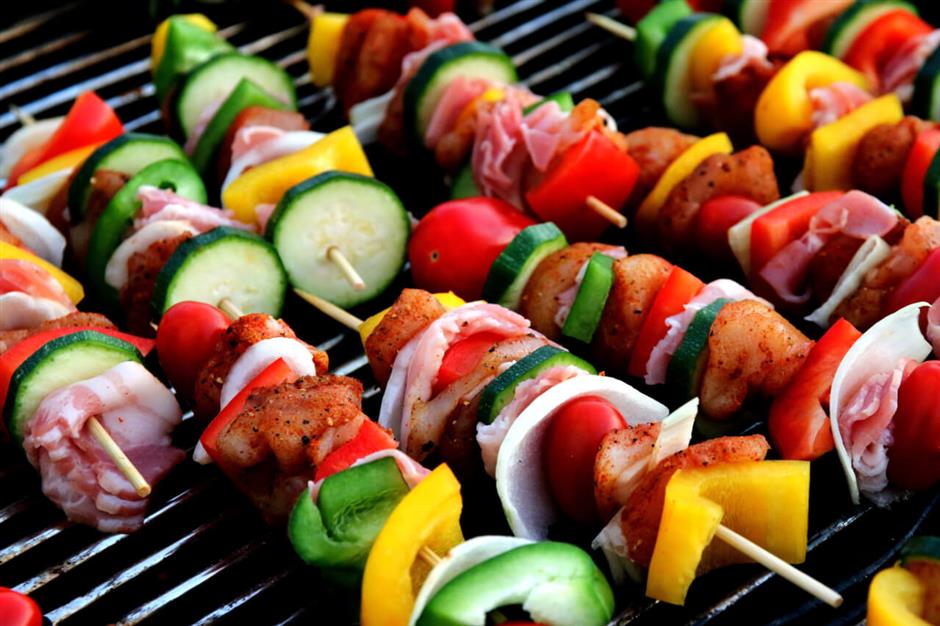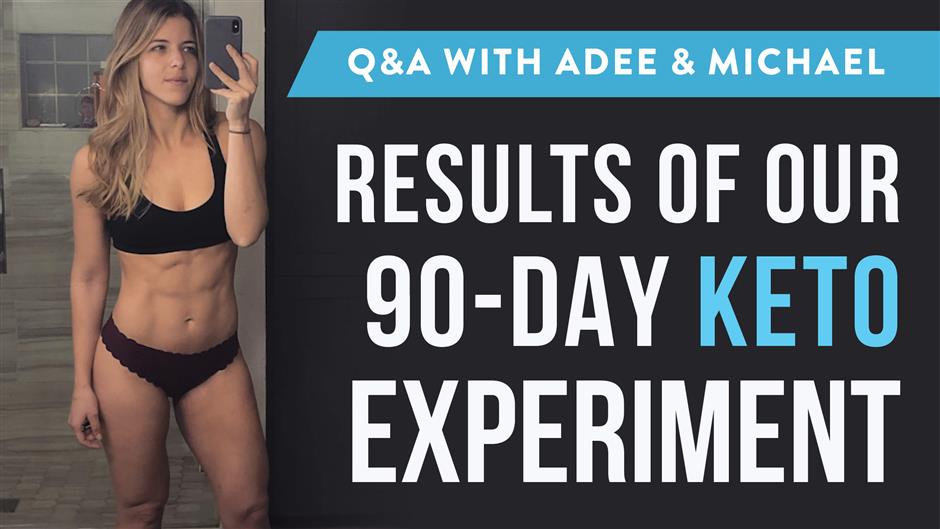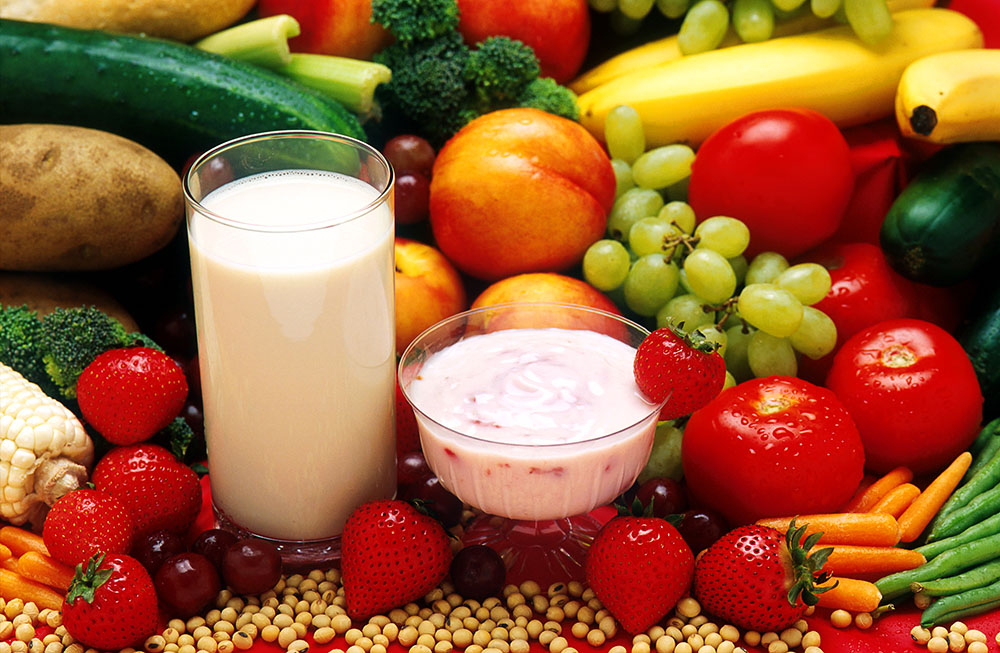Food Sourcing During Pregnancy: How to Choose High-Quality Options
You’ve probably come across words like free-range, grass-fed, wild-caught, and organic in relation to pregnancy food sources. We’re here to get to the bottom of what these phrases mean and why it’s important to opt for these foods.
Ali Macy
Oct 4, 2023









